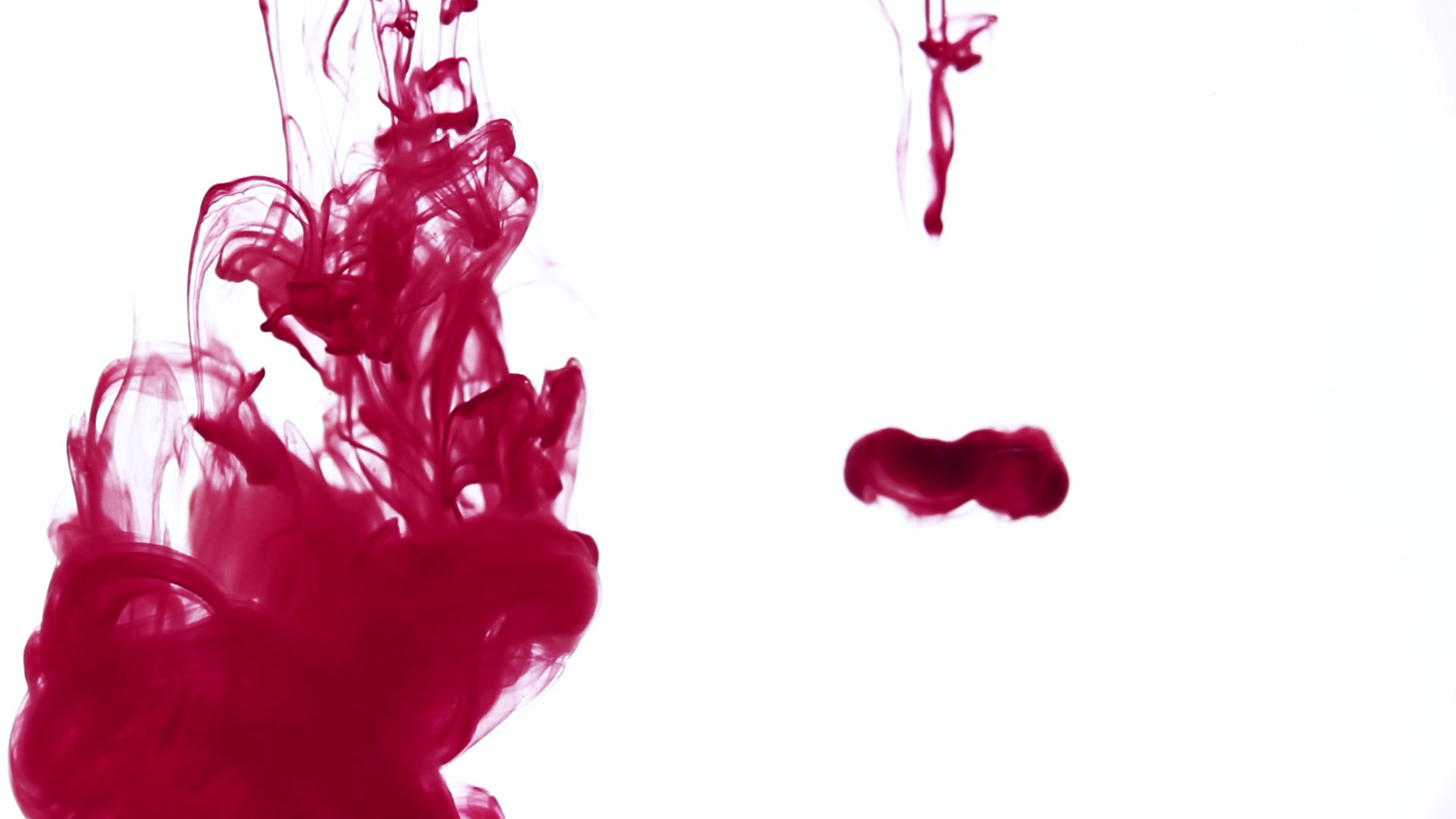

RESULTS
results
SQUARES
The squares were the first image we drew for Drawyer. The Canny Edge Detector picked up four different lines when we only wanted two, so this is why we developed our greedy algorithm. Though not perfectly, Drawyer did manage to draw a recognizable square within another. We started with the image below and ended up with the one on the right. You can see the individual steps for this example on our Implementation page.



SPIRAL
The spiral was the second easy shape we drew for Drawyer to recreate. This is when we further realized there were problems with the Canny Edge Detection method we were considering at the time. This spiral only shows one closed loop as opposed to the four produced in the squares.

APPLES
After testing our program on the simple line drawings, we decided to try utilizing the Canny Edge Detector and trying it out on a real image. We used the below basket of apples as inspiration. You can see which edges we deemed significant and ultimately how Drawyer portrayed the apples.







All in all, the results were surprisingly decent--and not “utterly incomprehensible”! Our calibration worked well, so we consistently drew within the defined canvas space. We tested on various different images.
At this point, we were pleased with Drawyer's performance and decided to throw it a challenge. Rather than a fairly uniform line drawing, we wanted something a little more complex. Stella drew the tulip below with varying line thickness and we fed it to Drawyer. The results are recognizable as a flower, though the varying line thicknesses are completely lost on Drawyer. The drawn flower is blue because we were testing the robustness of our pen holder and tried substituting a blue Sharpie of a different shape. It worked well!
TULIP
CURSIVE
To Stella, pretty lettering is effectively art, so she proposed having Drawyer try his hand at cursive. Stella wrote out the initials of our lovely lab Graduate Student Instructors: David Fridovich-Keil and Laura Hallock. Drawyer gave it his best shot, but the results weren't quite... legible. We suppose the many intersections and varying line thicknesses made this example just a little too hard to follow.


Everybody knows that cursive is infinitely harder to read than print, so the illegibility of our previous attempt didn't throw us off too much. We decided to give print lettering a shot, entertaining the idea of a transcripting robot. We again used our lovely GSI's initials, and they liked the results enough to take one copy home and to pin another to the lab's corkboard.
